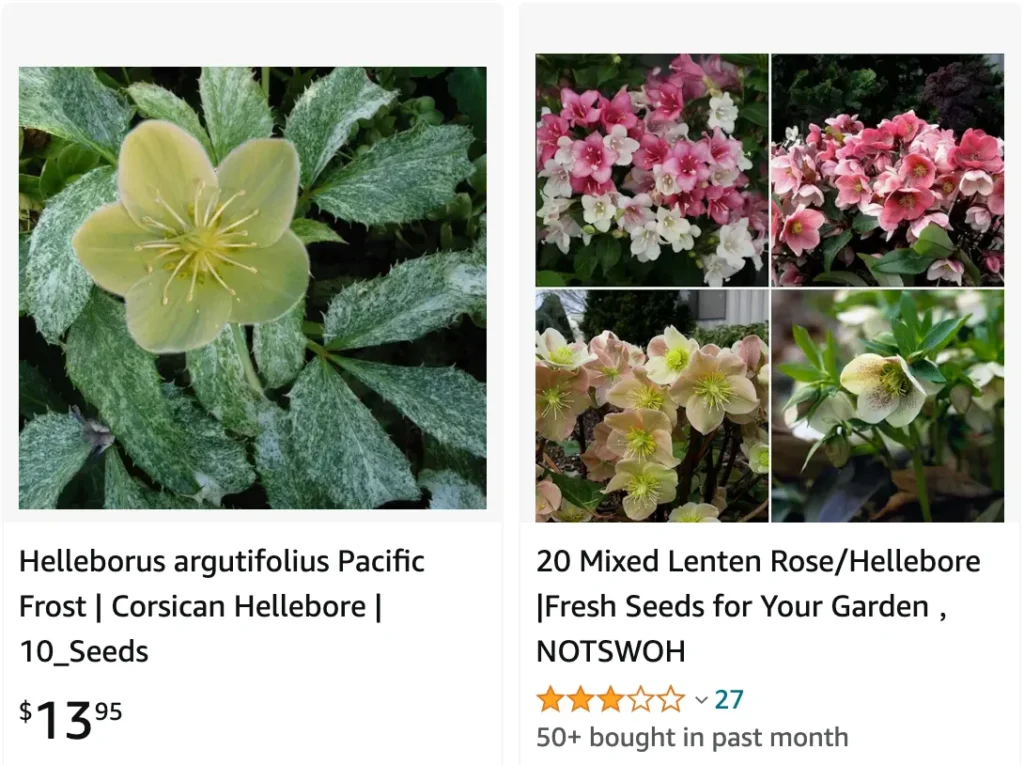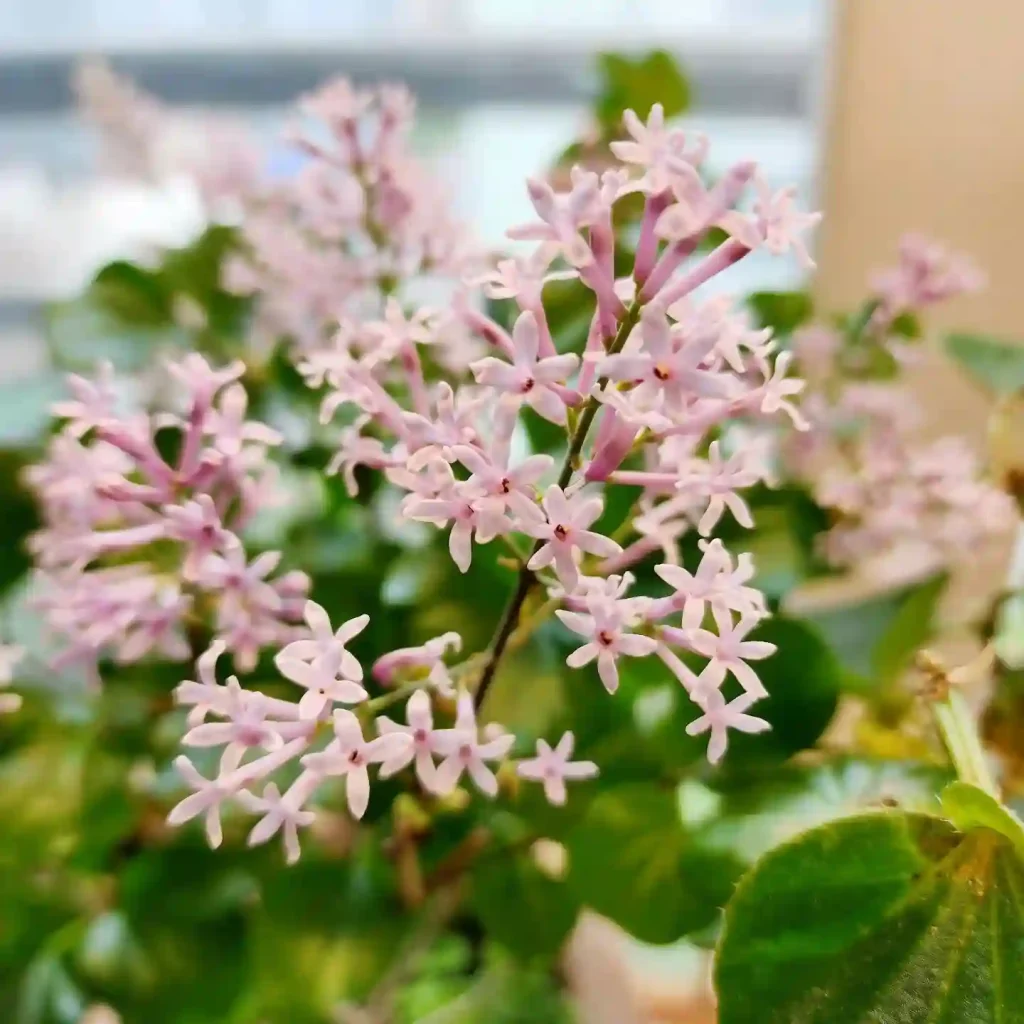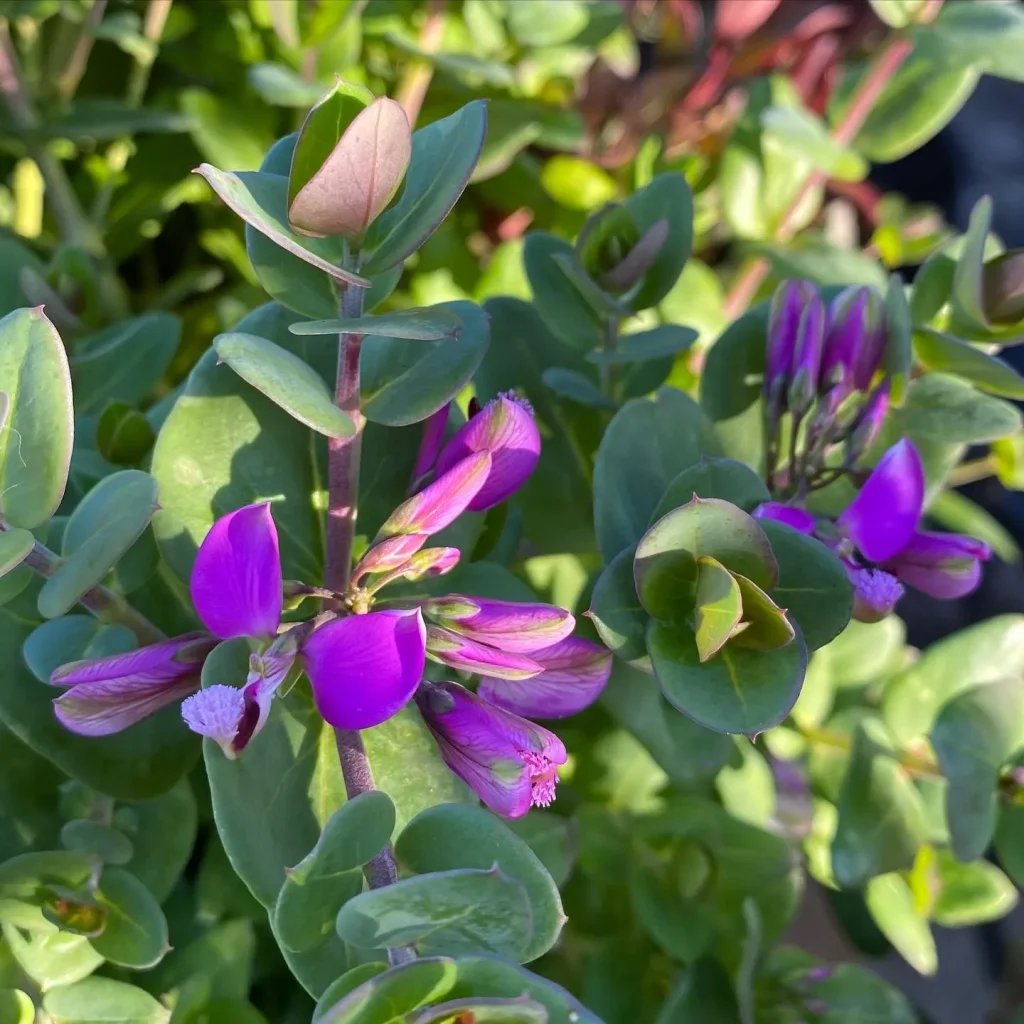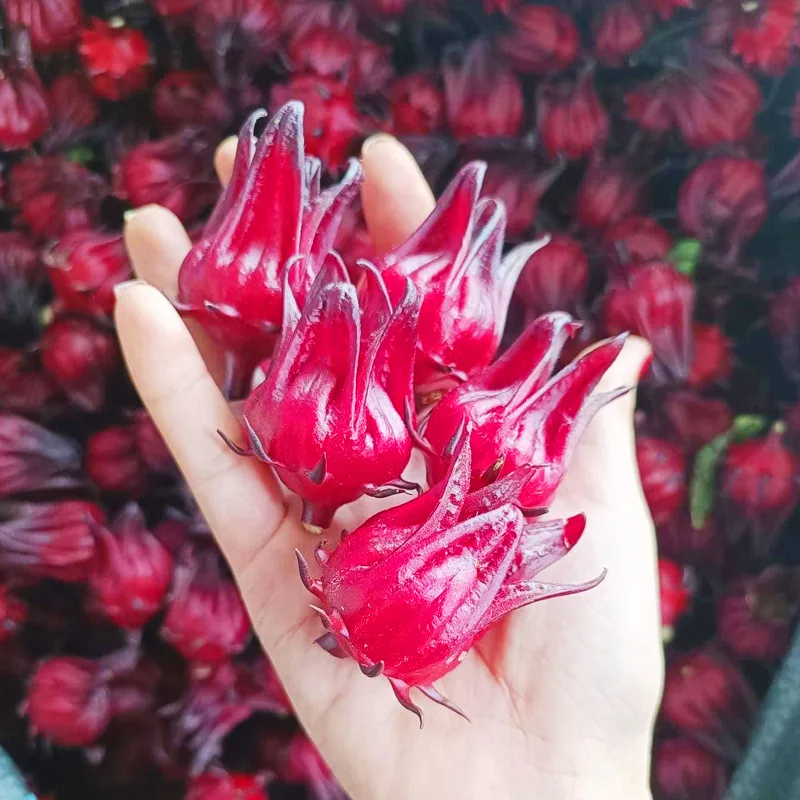
Helleborus Argutifolius: A Gardener’s Guide to the Corsican Hellebore
I’m Ferb Vu, and I’m here to answer your questions about the Helleborus Argutifolius, also known as the Corsican Hellebore or Holly-Leaved Hellebore. This stunning perennial brings winter gardens to life with its elegant flowers and evergreen foliage.
17 Species in Genus Helleborus – Lenten Rose
What is Helleborus Argutifolius?
The Helleborus Argutifolia is a herbaceous perennial belonging to the Ranunculaceae family. It’s native to Corsica and Sardinia, hence the nickname “Corsican Hellebore.” This shade-loving plant boasts beautiful, glossy, holly-like leaves that remain vibrant year-round. But the real showstopper is the display of nodding, cup-shaped flowers that emerge in late winter or early spring. Colors can range from creamy white to pale green with maroon speckles, adding a touch of elegance to any winter border.
Is Helleborus Argutifolius easy to grow?
Absolutely! The Helleborus Argutifolius is a low-maintenance plant that thrives with minimal fuss. Here’s what you need to know:
- Light: While most Hellebores prefer shade, the Corsican Hellebore tolerates full sun as long as the soil retains moisture.
- Soil: Plant your Hellebore in moist, well-drained soil rich in organic matter. Amending your soil with compost before planting is beneficial.
- Watering: Water regularly during the first growing season, especially during hot spells. Once established, these plants are fairly drought-tolerant.
- Feeding: A light feeding in early spring with a balanced fertilizer can promote good growth and flowering.
- Pruning: Remove any dead or damaged leaves in late winter. You can also prune spent flower stems after flowering to encourage new blooms next season.
How does Helleborus Argutifolius compare to other Hellebores?
There are many beautiful Hellebore varieties available, each with its own unique characteristics. Here’s a quick comparison of the Corsican Hellebore to some popular choices:
- Helleborus Niger (Christmas Rose): Blooms earlier in winter than the Helleborus Argutifolius, with large, cup-shaped flowers in white, pink, or purple. Prefers partial to full shade.
- Helleborus Orientalis (Lenten Rose): Larger flowers than the Helleborus Argutifolius, with a wider range of colors including red, purple, pink, and bi-colored varieties. Prefers partial shade.
- Helleborus x Hybridus: This group encompasses a vast range of Hellebore hybrids with diverse flower shapes, sizes, and colors. Light requirements vary depending on the specific hybrid.
While the Corsican Hellebore might not boast the showiest flowers compared to some hybrids, it makes up for it with its sun tolerance and unique, holly-like foliage.
Where can I plant Helleborus Argutifolius?
The versatility of the Helleborus Argutifolius makes it a great choice for various garden settings:
- Shady Borders: Perfect for adding a pop of color and evergreen interest to shaded areas.
- Woodland Gardens: Thrives under the dappled shade of trees, creating a naturalized look.
- Containers: Does well in large pots on patios or balconies, brightening up winter spaces.
Companion Planting: Consider pairing your Hellebore with ferns, hostas, or Primroses for a harmonious shade garden.
Is Helleborus Argutifolius poisonous?
Caution: Like most Hellebores, the Helleborus Argutifolius is poisonous if ingested. Be sure to wear gloves when handling the plant and keep it out of reach of children and pets.
Where can I buy Helleborus Argutifolius?
These charming plants are readily available at most nurseries and garden centers. You can also find them online from reputable retailers. Look for healthy, established plants with vibrant foliage and unopened flower buds.
Final Thoughts:
The Helleborus Argutifolius is a delightful addition to any winter garden. With its low-maintenance nature, beautiful flowers, and evergreen foliage, it offers year-round interest and a touch of elegance. So, if you’re looking for a reliable winter bloomer, consider adding the Corsican Hellebore to your plant collection.
If i die, water my plants!



